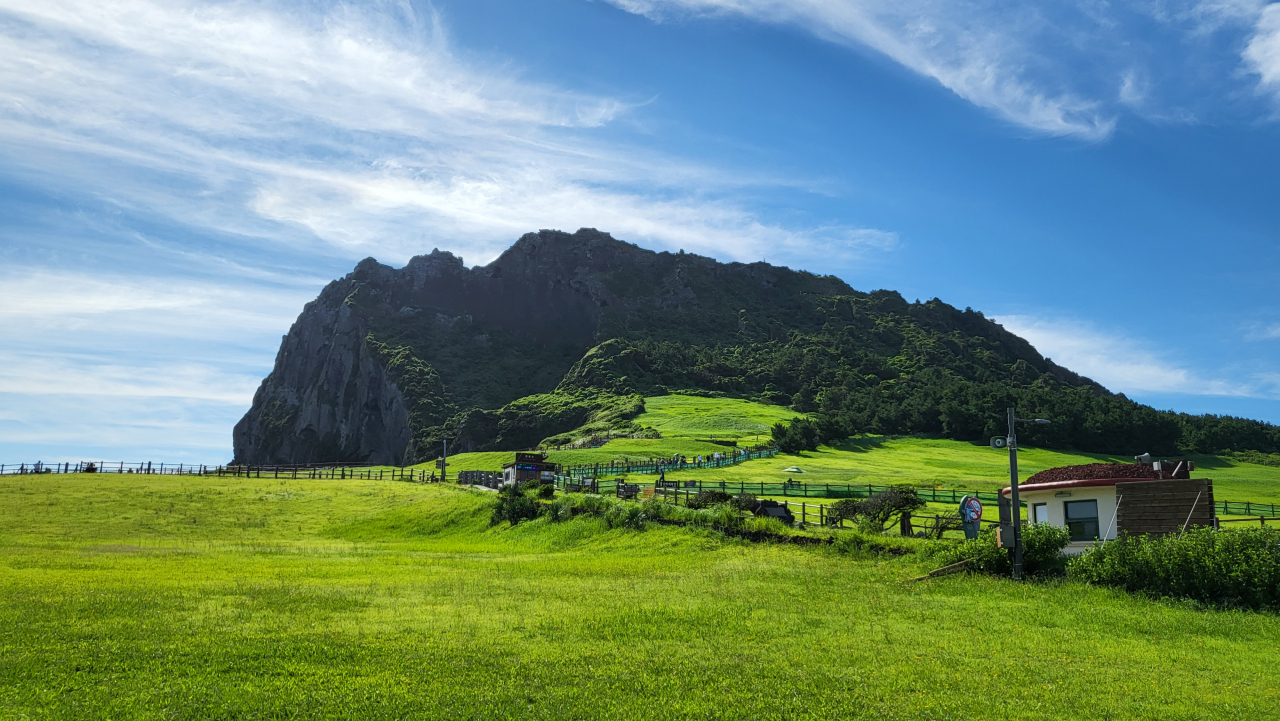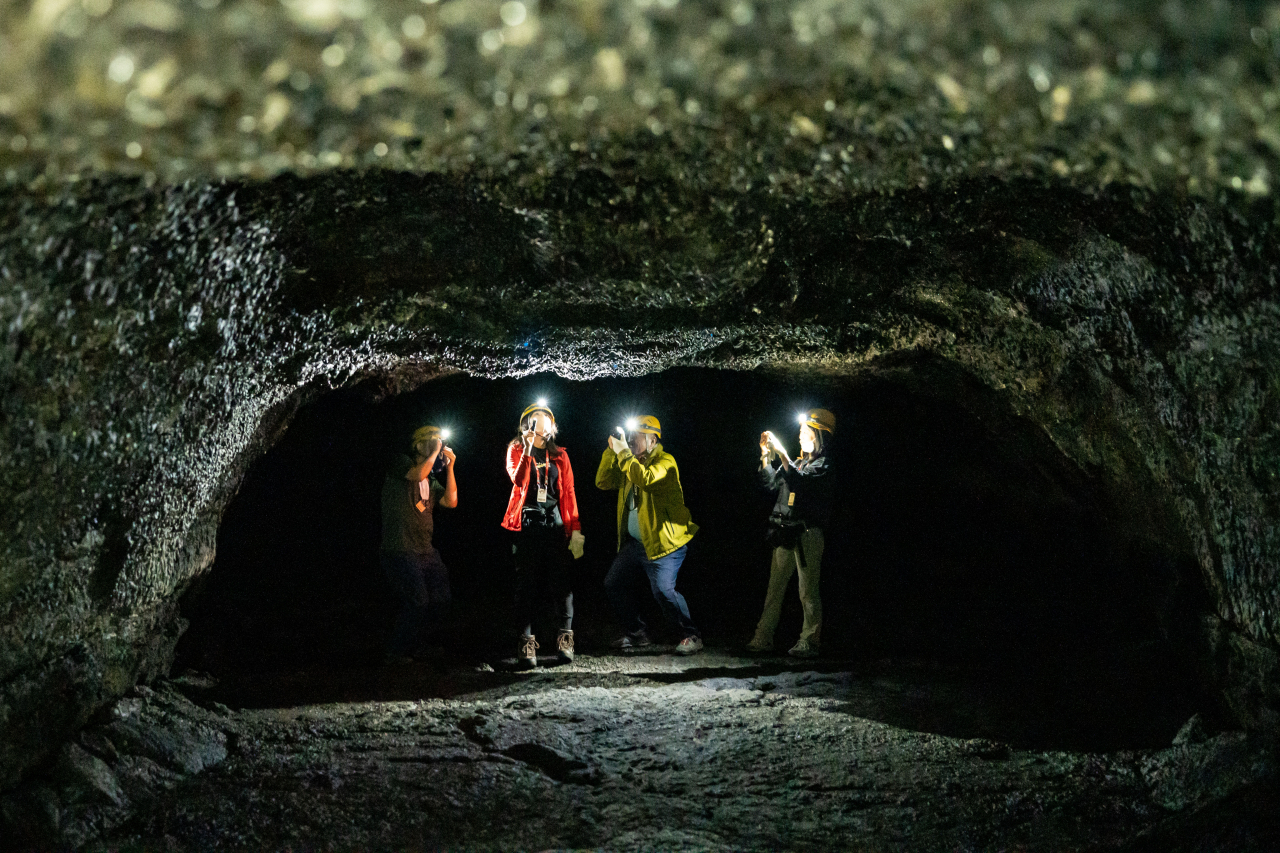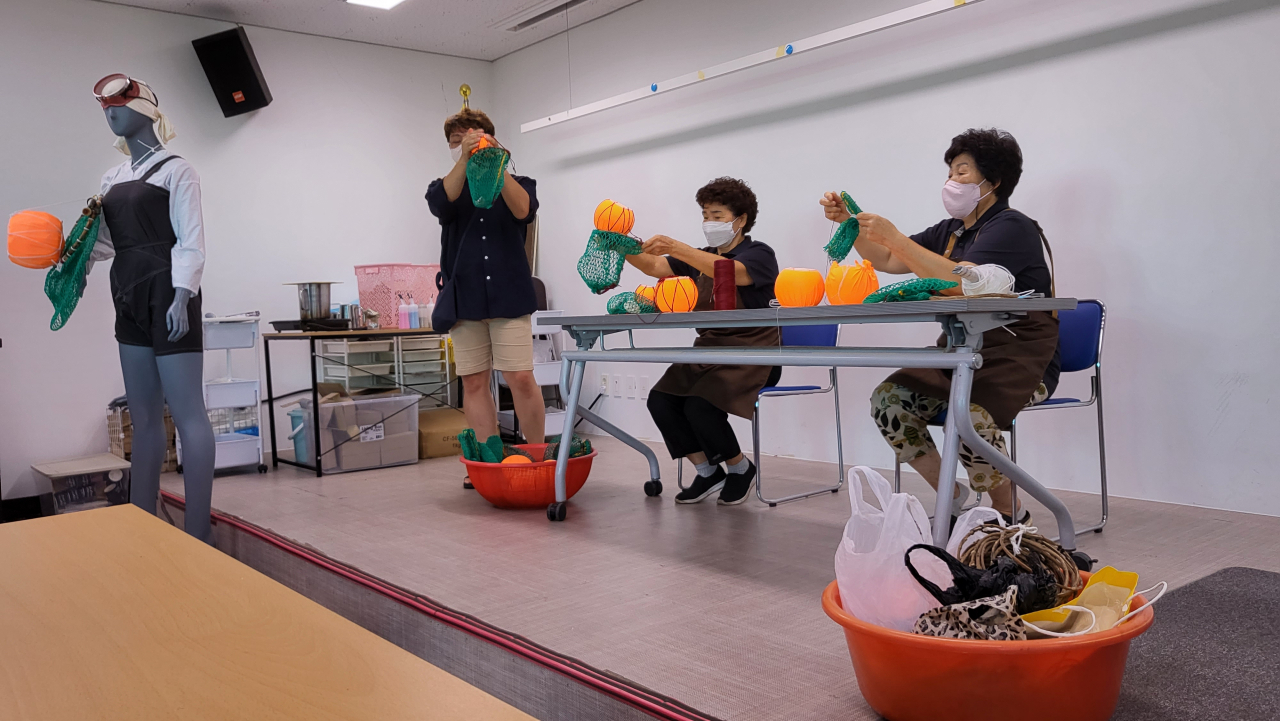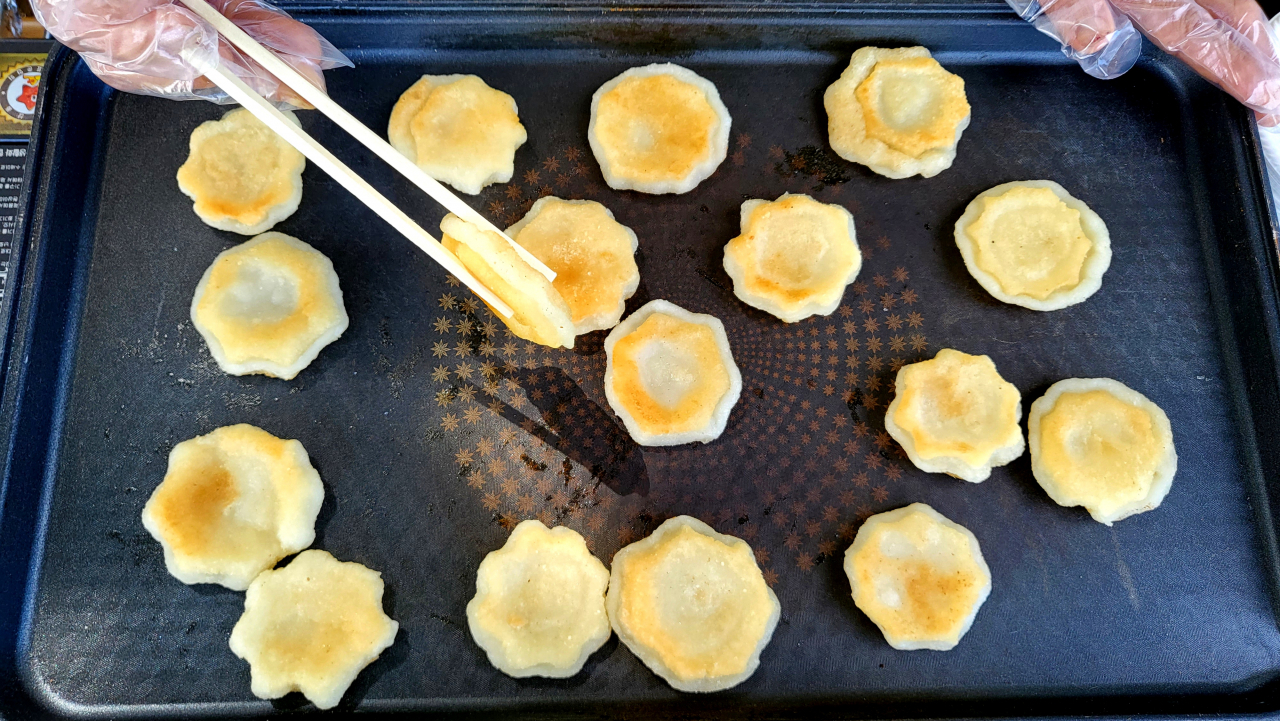Rare chance to explore forbidden caves
At the 2022 World Heritage Fest, restricted sections of the UNESCO heritage caves open to visitors
By Kim Hae-yeonPublished : Sept. 3, 2022 - 16:01

JEJU ISLAND -- Just when the temperature starts to dramatically drop and chill breeze blows from behind one’s back, in gradual darkness, a journey inside Jeju Island’s untouched Manjanggul cave begins.
Two restricted zones of the 7.4-kilometer-long cave, formed by the island’s basalt lava flows, is to open for a special period during the annual World Heritage Festival.
In its third edition, this year’s festival seeks to enrich and spread the experience of UNESCO World Natural Heritage sites at four different locations across Korea, until Oct. 22. Those include Andong and Yeongju in North Gyeongsang Province, Suwon in Gyeonggi Province, and Jeju Island.
With the Jeju chapter of the festival scheduled from Oct. 1 to 16, the hosting committee conducted a press tour last Thursday.
Under a trained guide’s assistance, after dressing up in protective gear and receiving a flashlight, the explorer is then allowed to venture in to the cave.
The experience demands endurance and physical strength -- visitors often have to crouch and crawl through narrow parts, and negotiate slippery rocks of all shapes and sizes. To be able to picture lava flowing through the geological traces requires a strength of imagination as well.
For this year’s recruitment of the World Natural Heritage Pilgrimage Team, which consists of 30 participants for a six-day trail walking and camping journey, slots filled up within an hour of bookings being opened.

As for the walking tour program that explores the three naturally formed caves from Geomun Oreum -- Manjanggul, Gimnyeonggul and Baengdwigul -- over 3,700 people have signed up, with less than half the slots left, according to festival organizers.
"If you ask what is the biggest change from last years’ (festivals), I would say that it is the active participation of villagers," Kang Kyung-mo, chief director of the festival.
Born and raised in Jeju Island, Kang had always seen the scenic beauty and distinctive traits of towns scattered out through the island as a source of pride for the villagers. Without their approval and understanding, the hidden heritage of the island would not have been sustainable the way it is today, according to Kang.

"Popular festivals today tend to have separate booths or arenas installed for visitors, but it will exactly be the opposite for our festival. The guests will be given opportunities to mingle with and become part of the community and neighbors during their stay." Kang said.
Five villages -- Gimnyeong-ri, Seonheul-ri, Seongsan-ri, Woljeong-ri and Haengwon-ri -- will be hosting events.
The organizing staff explained that some events might not feel professional, since all village program ideas are invented and planned out amongst the village residents.
But with patience, visitors will gain insights of the Jeju Island from within the perspective of its people, and listen to tales and hidden information not so easily captured when traveling in tourist destinations, the staff added.

At Deokcheon-ri, Jeju City, outdoor tents and barbecue grills will be set up on designated days. The villagers at Deokcheon-ri will prepare ingredients and tools for making gireumtteok, Jeju’s traditional rice cakes.
"To enter the camping venue, one has to cross our Mosani Pond that safeguards the village, and where I learned how to swim," Yang Yeong-ri, head manager of the Deokcheon-ri village program at the heritage festival said. "There were basic survival skills to fit in with nature at Jeju Island when I was young, and I hope to share these stories with visitors."
At Gimneyong-ri, Jeju City, haenyeo, Jeju’s female divers, will introduce the traditional haenyeo culture and conduct a do-it-yourself haenyeo kit making session to try out on sea.
The base camp and main site of the festival will be at the grass fields in front of the Seongsan Ilchulbong peak, and will have a video projection performance and music festivals on the theme of Jeju’s world heritage.
Both village programs and walking tour programs can be reserved through ticketing website 11Street, or via the World Heritage Festival Jeju’s official website. Costs for tickets range from 5,000 won to 10,000 won.
Reservations are not required for visiting the main site of the festival at Seongsan Ilchulbong, except for some designated seats during music concerts.
Updates on information of the program can be found at the official website.



















![[Today’s K-pop] Treasure to publish magazine for debut anniversary](http://res.heraldm.com/phpwas/restmb_idxmake.php?idx=642&simg=/content/image/2024/07/26/20240726050551_0.jpg&u=)